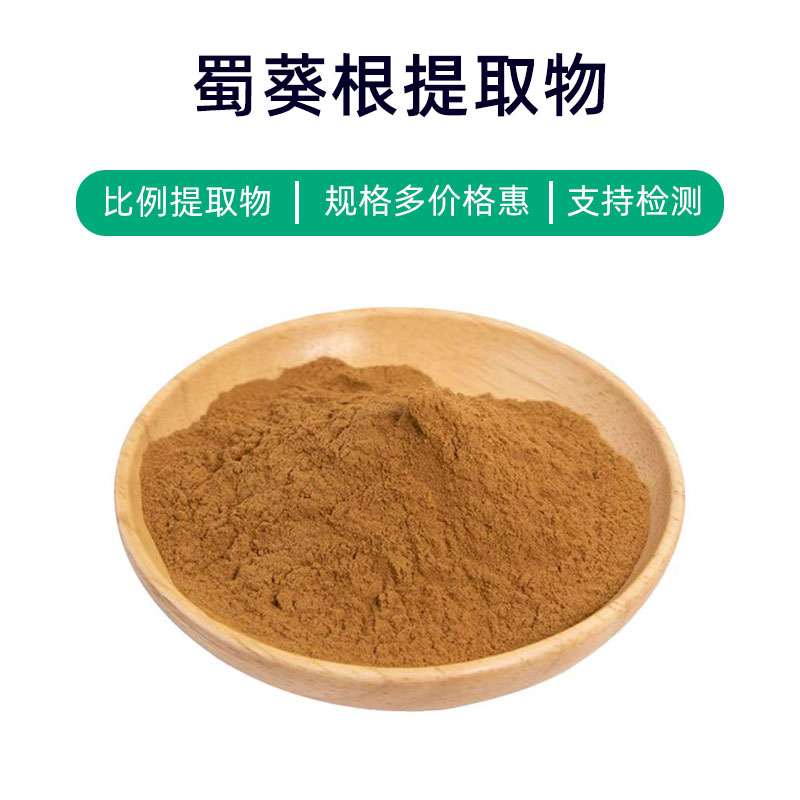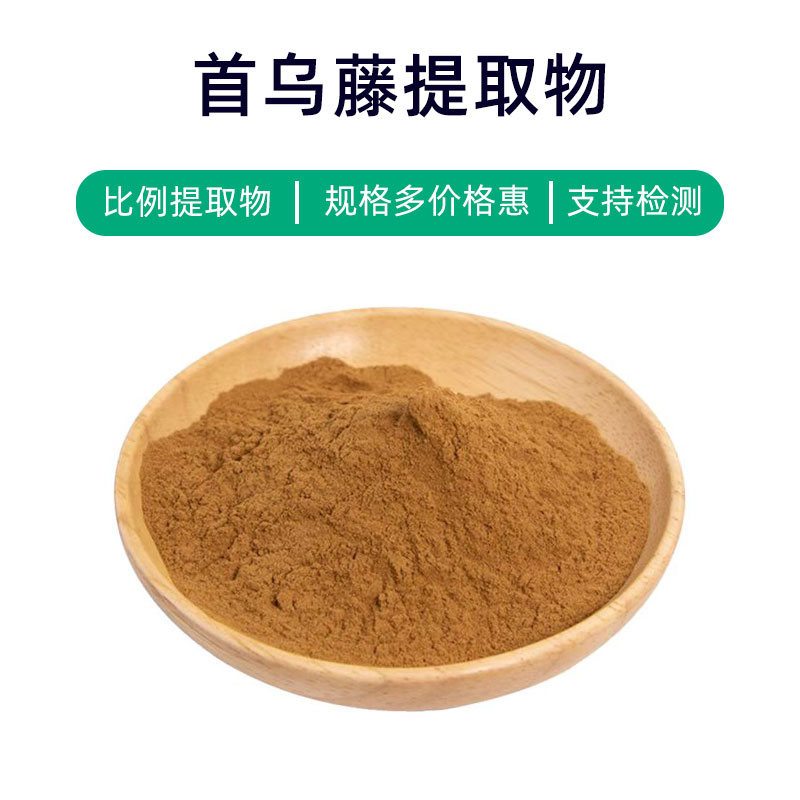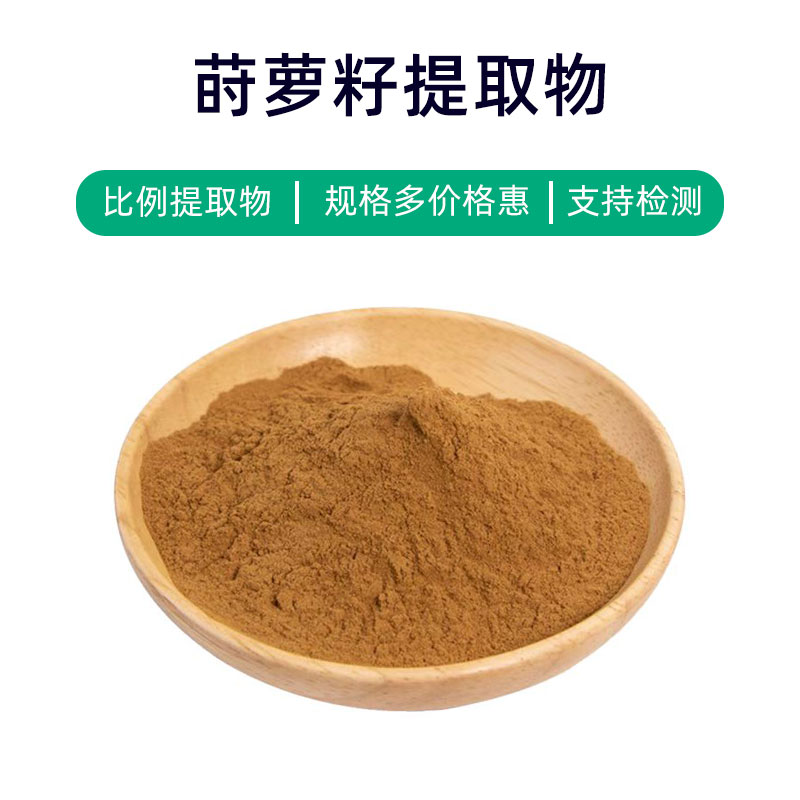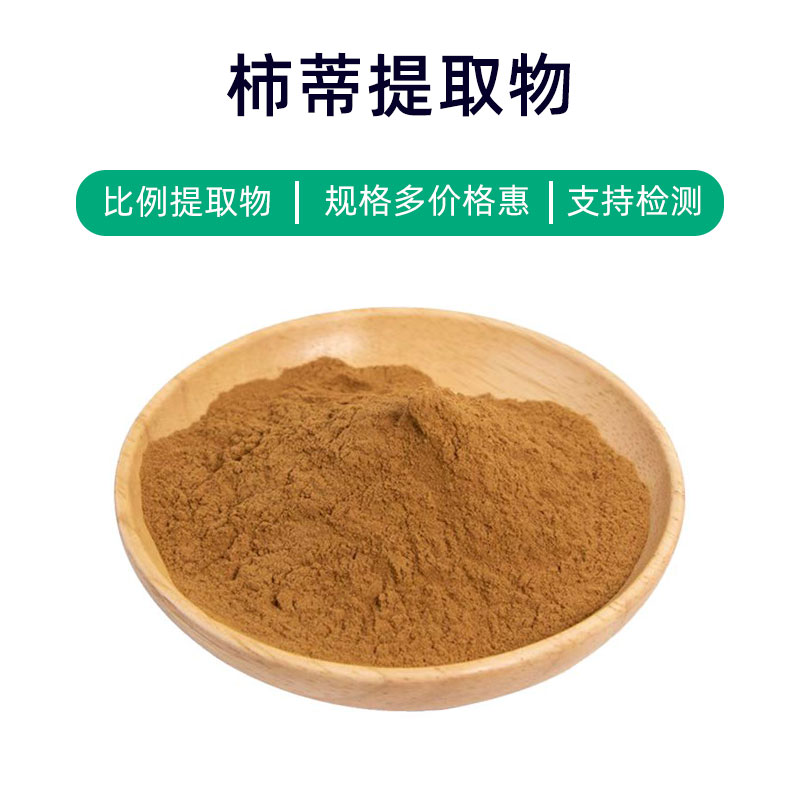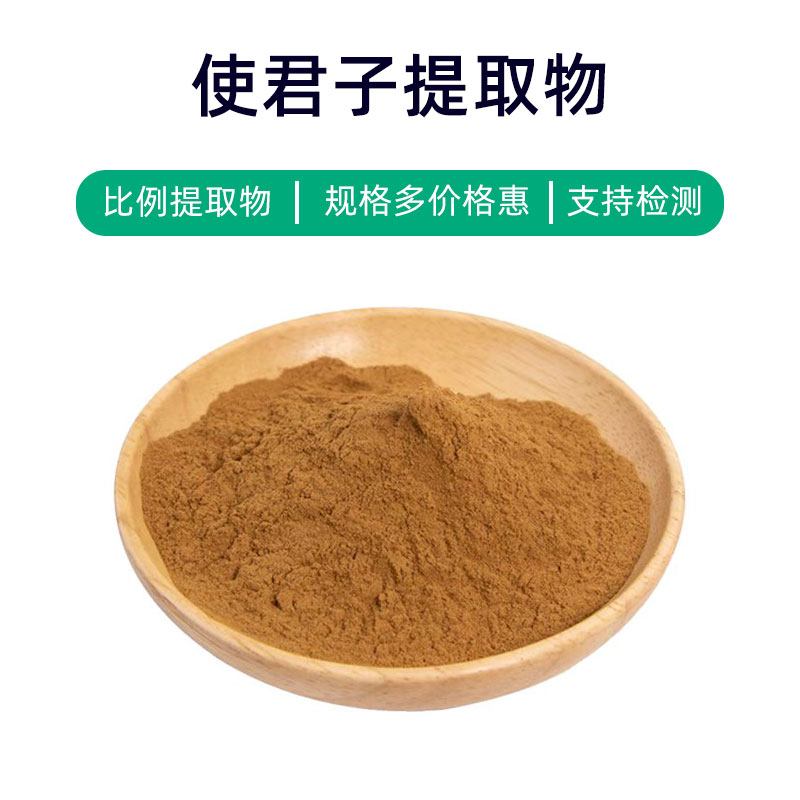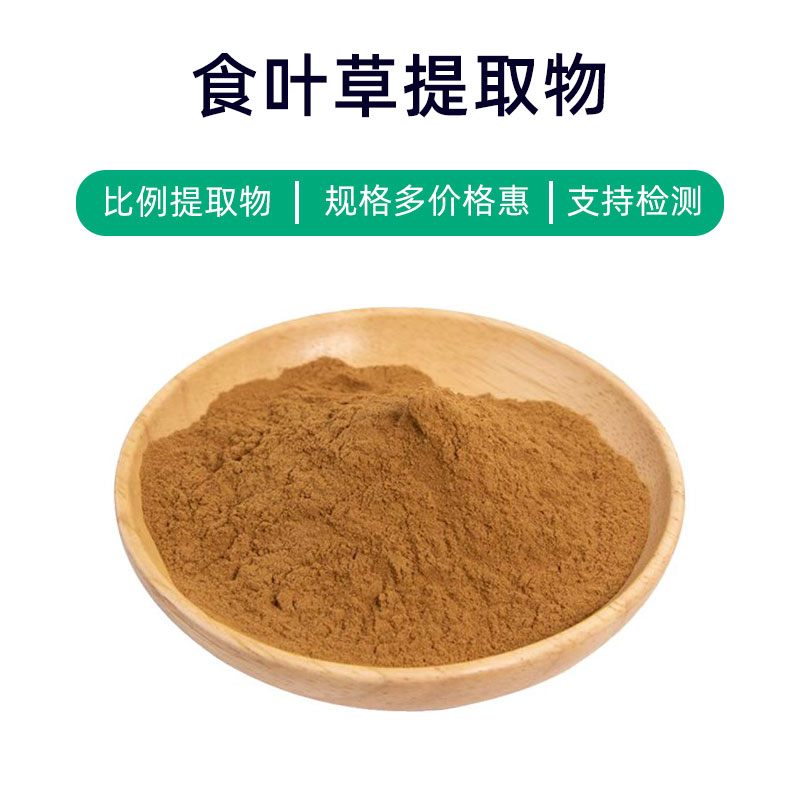Red Peony Extract Product Overview
Red peony extract is a natural medicinal ingredient derived from the roots of the peony plant. It primarily contains paeoniflorin, tannins, and essential oils, granting the extract its anti-inflammatory, analgesic, and antioxidant properties. In the medical field, red peony extract is used extensively to treat inflammatory conditions, such as arthritis and rheumatism, and demonstrates significant pain-relieving and anti-inflammatory effects. Additionally, it can help regulate immune function and improve circulatory health. In the dietary supplement sector, red peony extract is commonly used to enhance immunity, alleviate fatigue, and promote blood circulation. In cosmetics, the extract is frequently added to skincare products, offering skin soothing, anti-inflammatory, and antioxidant effects, thereby improving skin texture and making it softer and smoother. Overall, red peony extract has important application prospects across multiple fields and possesses extensive medicinal value as a natural plant extract.
Red Peony Extract Manufacturing Process
The production process of red peony extract typically includes the following steps:
- Raw Material Collection and Preparation: Mature peony roots are selected, cleaned, and dried to ensure quality and purity.
- Preliminary Extraction Process: The processed roots are crushed or sliced, and then undergo initial extraction, such as soaking or water extraction, to obtain a crude extract.
- Concentrating the Extract: The crude extract is concentrated by methods such as evaporation or solvent recovery, to remove excess solvents and increase the concentration of the extract.
- Precipitation and Separation: The concentrated extract undergoes precipitation to remove impurities and suspended particles, yielding a purer extract.
- Filtration and Purification: The extract is filtered, purified, and recrystallized to further enhance its purity and quality.
- Drying and Grinding: The purified extract is dried to eliminate moisture and then ground into a fine powder for subsequent packaging and applications.
- Quality Testing: Quality control assessments are performed on the extract, including appearance, ingredient content, and microbial testing, to ensure the product meets relevant standards and regulations.
- Packaging and Storage: Extracts meeting quality requirements are packaged, typically in moisture-proof and light-blocking containers, and stored in dry, ventilated areas, avoiding direct sunlight and high humidity conditions to ensure product stability and efficacy.
This summarizes the general manufacturing process of red peony extract, which may vary depending on the equipment and techniques used by different manufacturers.
Efficacy and Side Effects of Red Peony Extract
The production process of red peony extract generally involves the following steps:
- Raw Material Collection and Preparation: Mature peony roots are selected, cleaned, and dried to ensure quality and purity.
- Preliminary Extraction Process: The processed roots are crushed or sliced, then undergo initial extraction to obtain a crude extract.
- Concentrating the Extract: The crude extract is concentrated to increase the concentration of the extract.
- Precipitation and Separation: The concentrated extract undergoes precipitation to remove impurities and suspended particles, yielding a purer extract.
- Filtration and Purification: The extract is filtered, purified, and recrystallized to enhance its purity and quality.
- Drying and Grinding: The purified extract is dried to eliminate moisture and ground into a fine powder for packaging and applications.
- Quality Testing: Quality control assessments are performed to ensure the product meets relevant standards.
- Packaging and Storage: Extracts meeting quality requirements are packaged and stored properly to ensure stability and efficacy.
This summarizes the general production process of red peony extract, which may vary based on different manufacturers' techniques.
Applications and Dosage of Red Peony Extract
Red peony extract has broad applications in the pharmaceutical, food, and cosmetic sectors, with the following details on application scenarios, usage, and dosage in these three fields:
Applications in Pharmaceuticals:
- Traditional Medicine Formulas: Red peony extract is commonly used in traditional Chinese medicine formulations such as Si Wu Tang and Shao Yao Gan Cao Tang, for regulating women's menstrual health and promoting blood circulation.
- Topical Preparations: As a topical preparation, red peony extract can be made into ointments and washes to treat skin inflammations, eczema, and hemorrhoids.
- Oral Liquid Forms: For oral liquid forms, it's usually recommended for adults to take 10-15 ml per dose, with children taking a reduced amount, 2-3 times a day.
Applications in Food:
- Health Supplements: Red peony extract can be included as an ingredient in health supplements, noted for its blood regulation and beauty-enhancing properties.
- Functional Foods: In functional foods, red peony extract may be processed into capsules or granules, aimed at alleviating discomfort during menstruation and improving blood circulation.
Applications in Cosmetics:
- Skincare Products: Red peony extract, rich in polyphenols and vitamins, provides antioxidant, anti-inflammatory, and moisturizing benefits, making it suitable for skincare products like masks and lotions.
- Beauty Products: In beauty products, red peony extract serves to improve skin condition, lighten dark spots, and tighten pores, possibly formulated into toners and serums.
Precautions:
- When using red peony extract, adhere to product instructions or medical advice to prevent excessive use.
- It’s best for pregnant women, nursing mothers, children, and the elderly to consult a doctor before use.
- If any allergic reactions or discomfort arise, discontinue use immediately and seek medical attention.
- Do not use red peony extract as a substitute for medication; consult a doctor if treatment for any disease is required.
In conclusion, red peony extract has numerous applications across the pharmaceutical, food, and cosmetic industries; however, attention to usage and precautions is essential to ensure safety and effectiveness.
Source Plants of Red Peony Extract: Introduction, Distribution, and Growing Environment
Red peony extract enjoys wide applications in medicine, food, and cosmetics, with significant details regarding its applications, use methods, and dosage in these fields:
Applications in Pharmaceuticals:
- Traditional Medicine Formulas: Red peony extract is often used in traditional medicine formulations for various conditions.
- Topical Preparations: As a topical formulation, it’s effective for treating various skin ailments.
- Oral Liquid Forms: Recommended dosages are indicated for adult and pediatric use.
Applications in Food:
- Health Supplements: Included for its benefits in regulating blood and beauty.
- Functional Foods: Possibly processed for use in specific health applications.
Applications in Cosmetics:
- Skincare Products: Beneficial compounds within the extract provide valuable skin benefits.
- Beauty Products: Effective in improving skin appearance and texture.
Precautions:
- Proper usage guidance is vital for safe consumption.
- Vulnerable groups should consult healthcare professionals prior to use.
- Any adverse reactions should prompt immediate medical consultation.
- Seek professional medical advice for illnesses instead of self-medication.
In summary, red peony extract serves various active roles in medicine, food, and cosmetics while requiring careful attention to usage guidelines to secure optimal efficacy and safety.
Processing and Storage of Red Peony Extract
The processing of red peony extract generally involves these steps: First, fresh peony roots are cleaned and dried; then the dried roots are sliced and further dried. Subsequently, appropriate solvents such as ethanol or water are used for extraction. Finally, the extract is concentrated and dried as needed. During storage, the extract should be kept in a cool, dry place, avoiding direct sunlight and moisture.
Monica Sun is a seasoned expert in the plant extraction industry with over a decade of experience in research and production. She specializes in the extraction and purification of plant active ingredients, focusing on driving innovation in natural product applications. Monica has participated in the development of multiple functional plant extracts, delivering high-value natural raw material solutions for the health food, pharmaceutical, and dietary supplement sectors.









